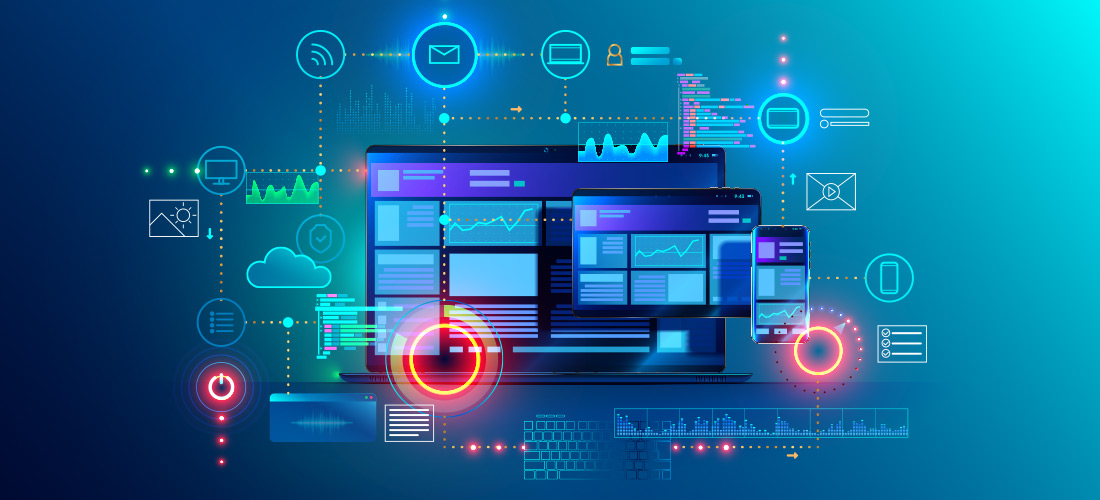
In the ever-evolving landscape of technology, legacy modernization stands out as a crucial process for organizations seeking to remain competitive and efficient. This essay delves into the concept of legacy modernization, its importance, the challenges it presents, and the strategies for successful implementation. By balancing the need to incorporate new technological advancements with the preservation of valuable existing systems, legacy modernization represents a key step in the digital transformation journey of any organization.
Understanding Legacy Modernization
Legacy modernization refers to the process of updating or replacing outdated computer systems, software, or technologies with modern alternatives. This process is not merely about adopting the latest technology; it’s about rethinking how these older systems can be integrated or transformed to meet current and future business needs. It involves a strategic approach to enhance, re-platform, or completely rebuild existing IT infrastructure and applications.
The Importance of Legacy Modernization
- Enhanced Efficiency and Productivity: Modern systems are faster, more reliable, and often easier to use, leading to increased employee productivity.
- Reduced Costs and Risks: Outdated systems are expensive to maintain and pose significant security risks. Modernization can reduce operational costs and minimize vulnerabilities.
- Improved Customer Experience: Modern systems can offer better user interfaces and customer experiences, which are vital in today’s digital-first world.
- Agility and Scalability: Modernized systems allow organizations to be more agile in their response to market changes and to scale operations efficiently.
Challenges in Legacy Modernization
- Cost and Complexity: The process can be expensive and complex, requiring significant investment in terms of time, resources, and capital.
- Compatibility Issues: Ensuring new systems work seamlessly with existing ones can be challenging.
- Cultural Resistance: Employees accustomed to legacy systems may resist change, necessitating effective change management strategies.
- Data Migration: Transferring data from old to new systems without loss or corruption is a critical and challenging task.
Strategies for Successful Legacy Modernization
- Assessment and Planning: Conduct a thorough assessment of current systems and develop a clear modernization plan aligned with business goals.
- Incremental Approach: Adopting a step-by-step approach can minimize disruption and allow for adjustments based on feedback.
- Choosing the Right Technology: Select technologies that are not only advanced but also compatible with the organization’s needs and future direction.
- Focus on Data Integrity: Ensure robust strategies for data migration and integrity throughout the modernization process.
- Stakeholder Engagement and Training: Engage all stakeholders in the process and provide adequate training to ease the transition.
- Partnering with Experts: Collaborating with technology partners or consultants who have expertise in modernization projects can be invaluable.
Legacy modernization is more than an IT initiative; it’s a strategic business decision that can significantly impact an organization’s operational efficiency, cost-effectiveness, and competitive edge. While it presents challenges, careful planning, and execution using the right strategies can lead to successful modernization. As technology continues to advance, the ability to effectively modernize legacy systems will become increasingly important for organizations aiming to thrive in the digital era.
